Optimal Timing for Barbed Wire Fence Replacement
Determining the optimal time for barbed wire fence replacements involves considering weather conditions, vegetation cycles, and livestock management schedules. Proper timing can extend the lifespan of the new fencing and reduce maintenance costs.
Spring and fall are ideal seasons due to mild temperatures and stable weather, minimizing installation delays and material issues.
Replacing fences during periods of low vegetation growth reduces obstruction and allows easier access for installation.
Timing replacements when livestock are not grazing nearby prevents disruptions and ensures safety during installation.
Avoiding extreme heat, cold, or rain ensures safety for workers and durability of materials during installation.
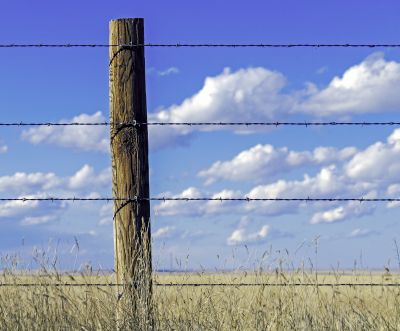
Spring offers moderate temperatures and less rainfall, making it suitable for fence installation.
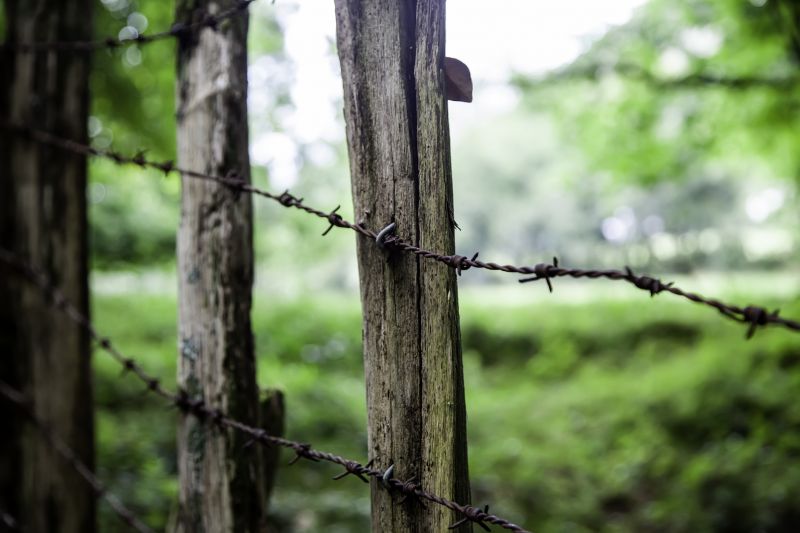
Fall provides cooler weather and reduced plant growth, easing installation efforts.
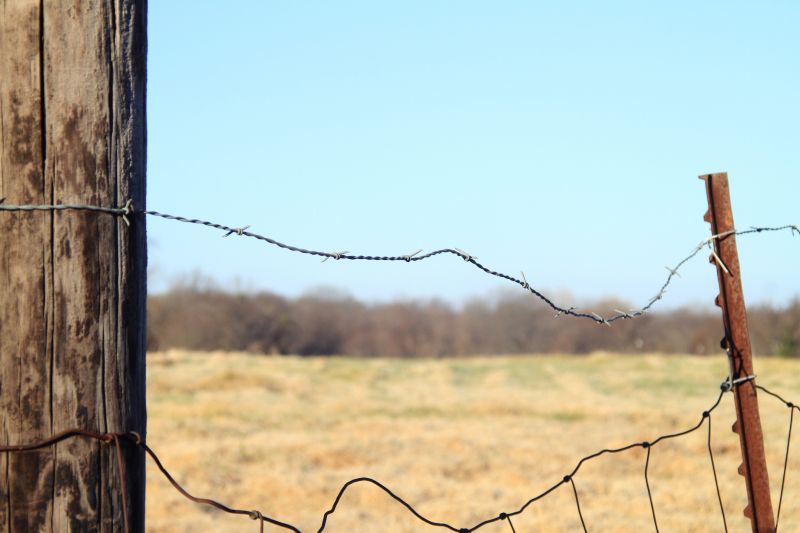
Late winter or early summer can be less optimal due to weather extremes but may suit specific schedules.
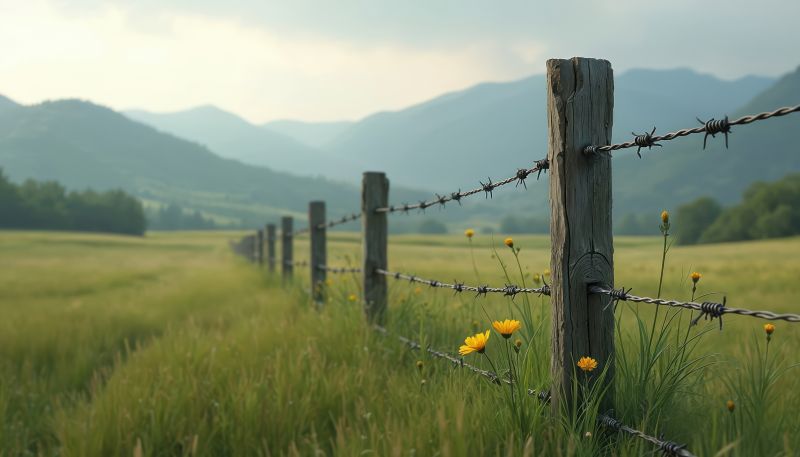
Ways to make Barbed Wire Fence Replacements work in tight or awkward layouts.

Popular materials for Barbed Wire Fence Replacements and why they hold up over time.
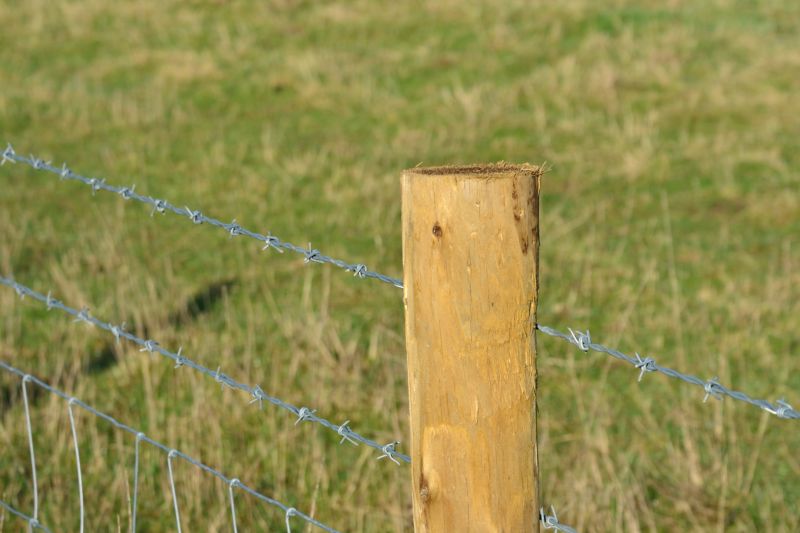
Simple add-ons that improve Barbed Wire Fence Replacements without blowing the budget.
| Season | Advantages |
|---|---|
| Spring | Mild weather, low vegetation, and good ground conditions. |
| Summer | Longer daylight hours, but potential heat stress and dry conditions. |
| Fall | Cool temperatures and reduced plant growth facilitate installation. |
| Winter | Possible ground freeze and snow, making installation challenging. |
Barbed wire fence replacements are essential for maintaining boundary integrity, livestock safety, and property security. Proper timing ensures that the installation process is efficient and minimizes disruptions. Regular inspections can identify when fences are nearing the end of their service life, typically after 20-30 years depending on materials and environmental conditions. Weather plays a critical role in installation success; adverse conditions can lead to delays or compromised fencing quality. Planning replacements during favorable periods helps to optimize resource use and reduce the likelihood of repairs shortly after installation.
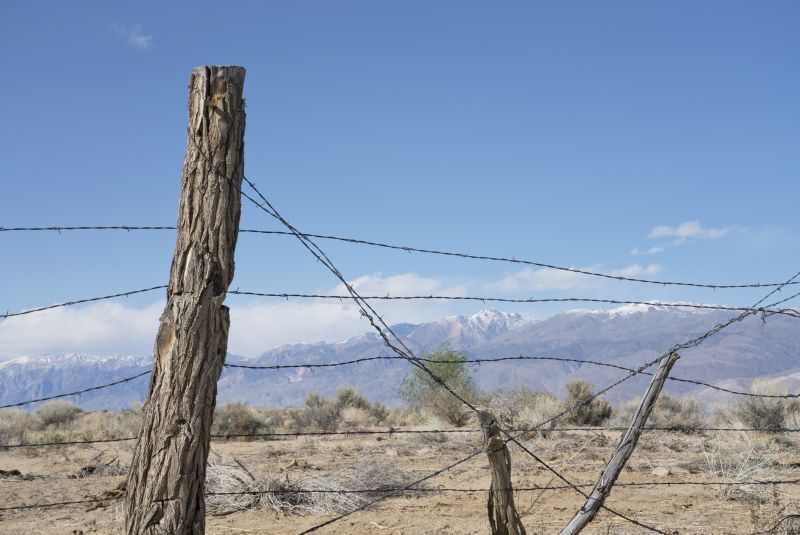
Spring is often preferred for fence replacement due to manageable weather conditions.
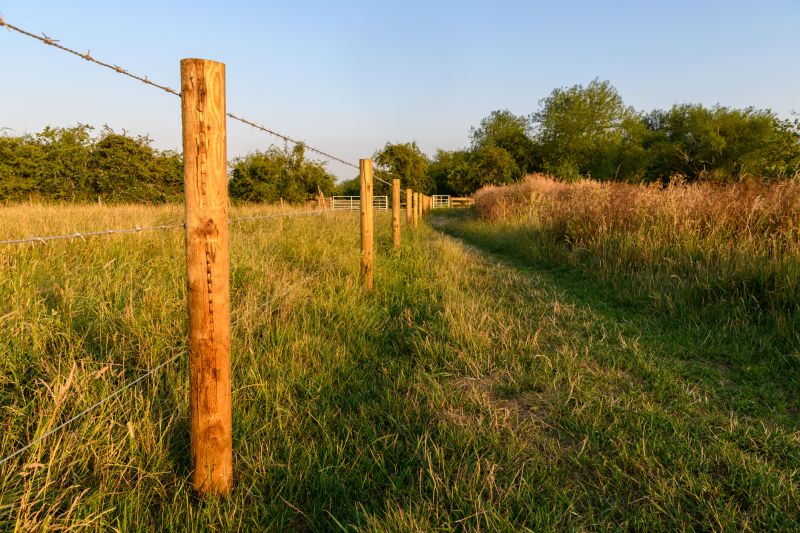
Fall offers cooler temperatures and less vegetation interference.
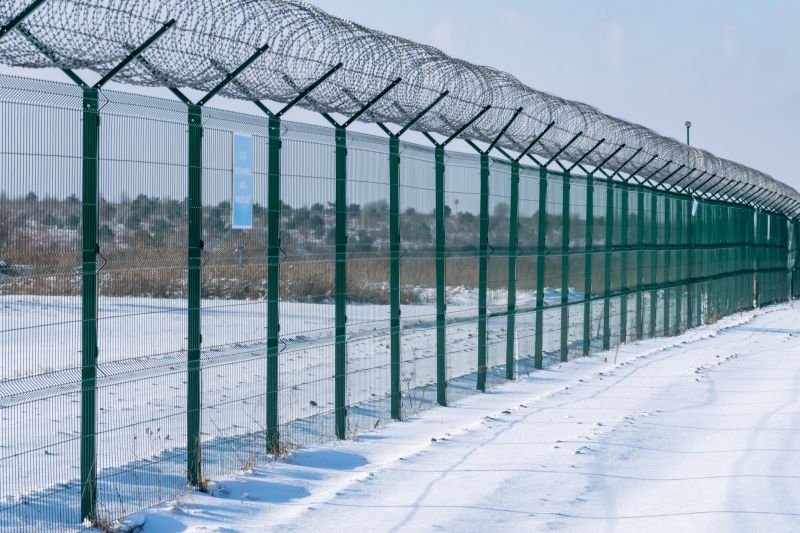
Optimal conditions for durable and efficient fence installation.

Scheduling during favorable seasons reduces operational disruptions.

High-end options that actually feel worth it for Barbed Wire Fence Replacements.
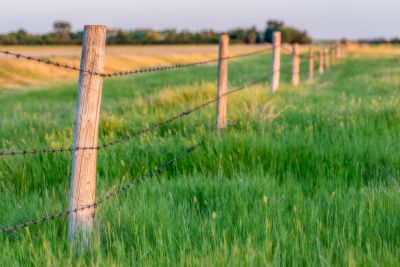
Finishes and colors that play nicely with Barbed Wire Fence Replacements.
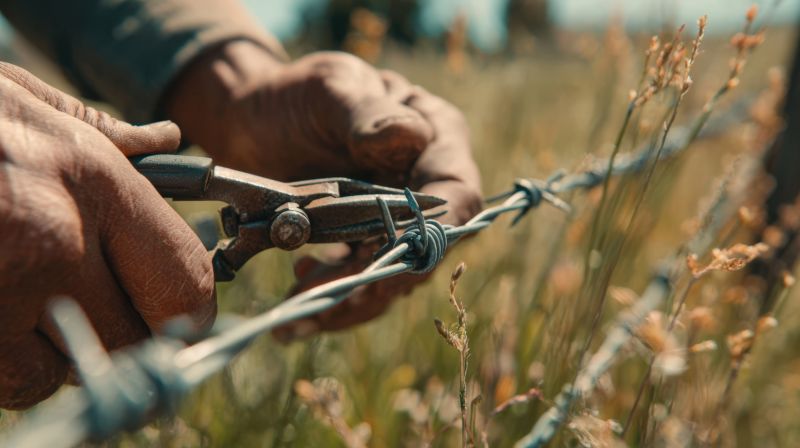
Little measurements that prevent headaches on Barbed Wire Fence Replacements day.
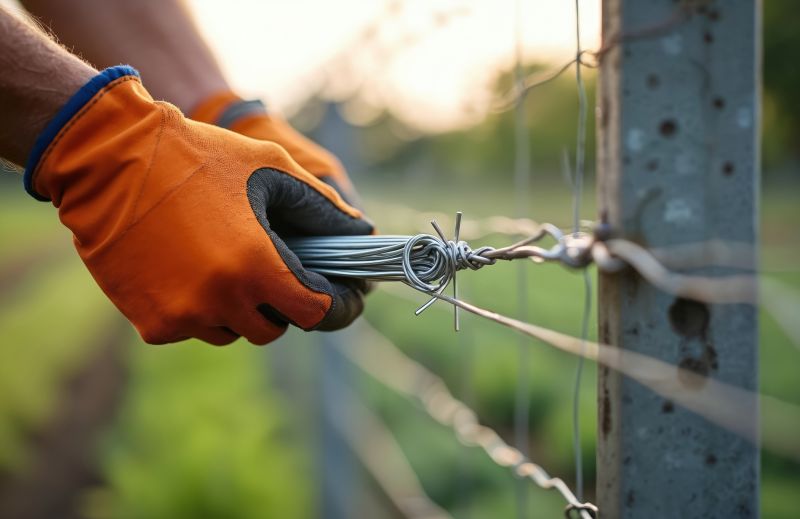
A 60-second routine that keeps Barbed Wire Fence Replacements looking new.
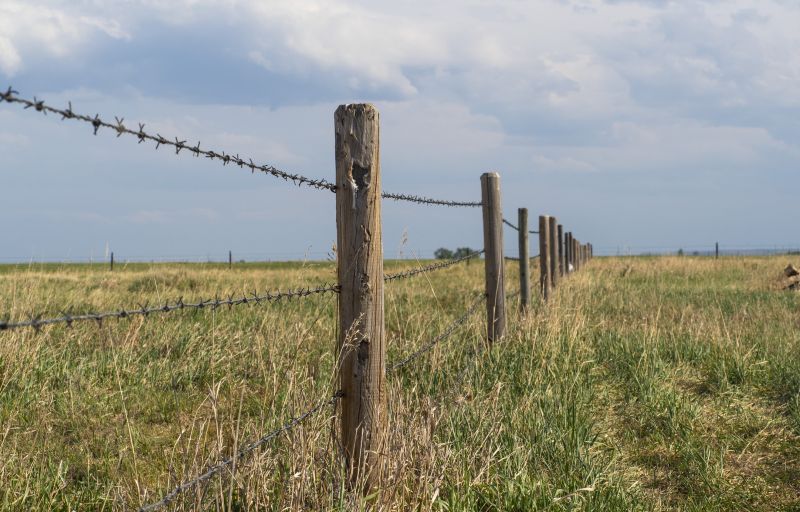
A frequent mistake in Barbed Wire Fence Replacements and how to dodge it.

Small tweaks to make Barbed Wire Fence Replacements safer and easier to use.
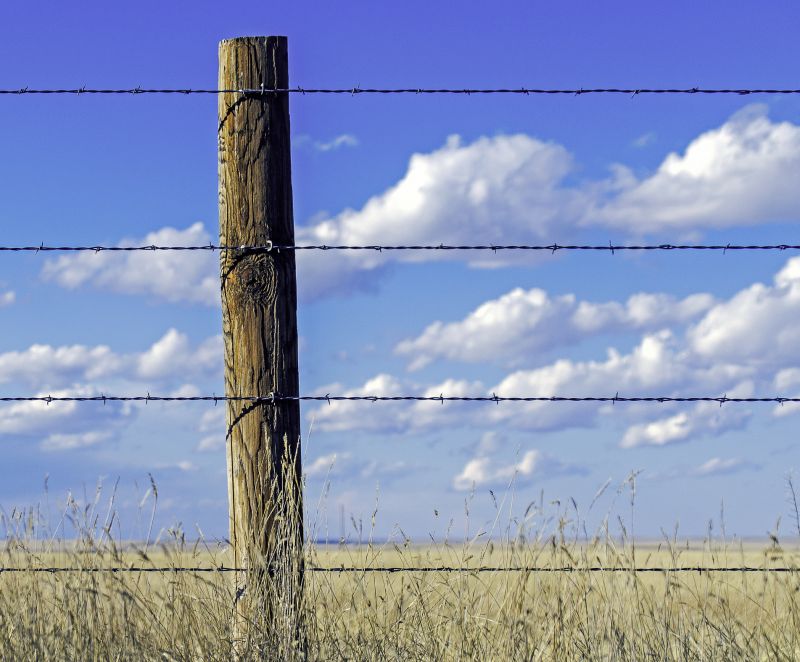
Lower-waste or water-saving choices for Barbed Wire Fence Replacements.
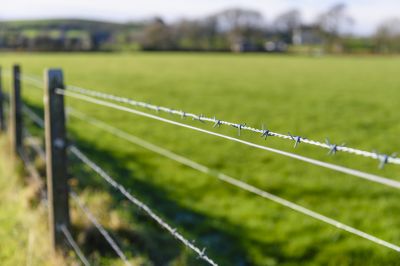
The short, realistic tool list for quality Barbed Wire Fence Replacements.
Individuals considering barbed wire fence replacements should evaluate seasonal weather patterns, vegetation cycles, and livestock management schedules. Proper timing not only enhances the longevity of the new fencing but also ensures safety and efficiency during installation. Consulting with fencing professionals can provide additional insights tailored to specific regional conditions, facilitating optimal planning and execution.
Interested in replacing your barbed wire fencing? Fill out the contact form for more information and scheduling options.



